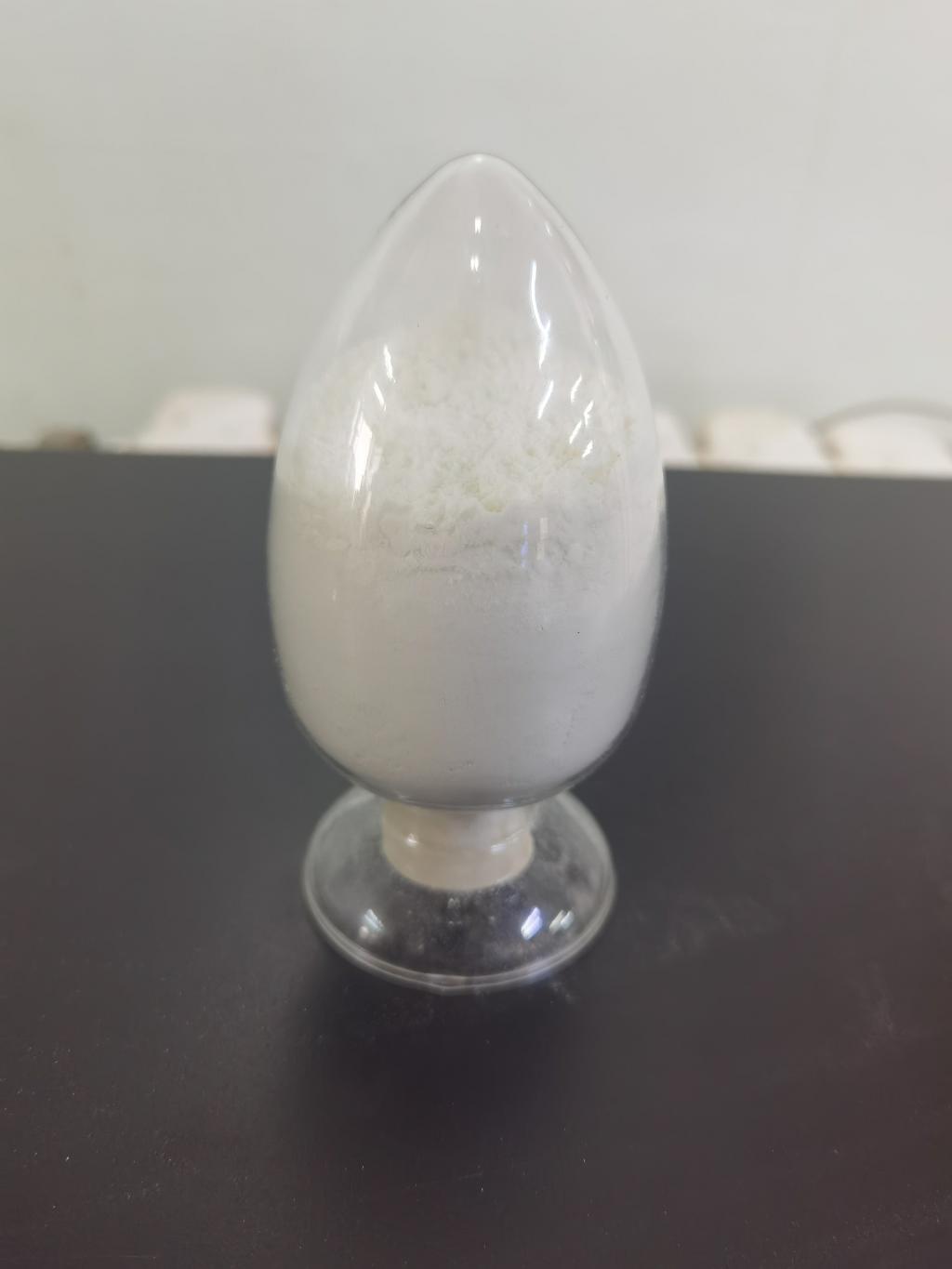Tel:+8618231198596

News
 CONTACT
CONTACT
 CONTACT
CONTACT
- Linkman:Linda Yao
- Tel: +8618231198596
- Email:linda.yao@dcpharma.cn
- Linkman:CHARLES.WANG
- Department:Overseas
- Tel: 0086 0311-85537378 0086 0311-85539701
News
The impact of ε-Polylysine hydrochloride on the safety and shelf life of meat products
TIME:2024-09-03
Understanding ε-Polylysine Hydrochloride
ε-Polylysine (ε-PL) is a biopolymer consisting of lysine monomers linked by ε-(γ-lysyl) bonds. It is produced through fermentation by various strains of bacteria, including Streptomyces albulus. ε-PL hydrochloride is a salt form of ε-PL that is soluble in water and stable under a wide range of pH and temperature conditions. It has been recognized as safe by regulatory bodies such as the U.S. Food and Drug Administration (FDA) and is used in various food applications for its antimicrobial properties.
Mechanisms of Action
ε-PL exerts its antimicrobial effects by interacting with the cell membranes of microorganisms. Specifically, it binds to the negatively charged phospholipids and disrupts the membrane integrity, leading to the leakage of cellular contents and eventual cell death. This mechanism is particularly effective against a broad spectrum of bacteria, including both Gram-positive and Gram-negative species, as well as some fungi and yeasts.
Benefits in Meat Products
Enhanced Safety: Meat products are prone to contamination by various pathogens, including Salmonella, Escherichia coli, and Listeria monocytogenes. ε-PL can significantly reduce the growth of these pathogens, thereby enhancing the safety of meat products. Its broad-spectrum activity makes it a versatile preservative that can be used in a variety of meat types, including beef, pork, poultry, and processed meats.
Extended Shelf Life: By inhibiting the growth of spoilage microorganisms, ε-PL can extend the shelf life of meat products. This is particularly beneficial for fresh cuts of meat, which are highly susceptible to spoilage due to their high moisture content and nutrient-rich environment. Extended shelf life translates into reduced food waste and improved cost-effectiveness for producers and retailers.
Natural and Consumer-Friendly: Consumers are increasingly seeking natural and minimally processed foods. ε-PL, being derived from lysine, a common amino acid, fits well within this trend. Its use in meat products allows for "clean label" claims, which can enhance consumer trust and satisfaction.
Applications in Meat Products
ε-PL can be incorporated into meat products in several ways:
Injection and Marination: ε-PL can be added to injection brines or marinades, allowing it to penetrate deep into the meat tissue. This method ensures uniform distribution and maximizes its preservative effect.
Surface Coatings: ε-PL can be applied as a surface coating to meat products. This approach is particularly useful for fresh cuts of meat and can be combined with other natural preservatives or antioxidants to enhance its efficacy.
Addition to Processing Steps: ε-PL can be added during the mixing or curing stages of processed meats. This method ensures that the preservative is evenly distributed throughout the product, providing consistent protection against microbial growth.
Challenges and Considerations
While the use of ε-PL in meat products offers significant benefits, there are also considerations and challenges to address:
Optimal Concentration: Determining the optimal concentration of ε-PL for different types of meat products is crucial. Excessive amounts can alter the sensory properties of the meat, affecting taste, texture, and appearance.
Synergy with Other Preservatives: Combining ε-PL with other natural preservatives, such as nisin or essential oils, can enhance its antimicrobial activity. Research is ongoing to identify the most effective combinations and concentrations.
Consumer Education: Educating consumers about the benefits of ε-PL and addressing any misconceptions about its use in food products is essential for gaining widespread acceptance.
Conclusion
The use of ε-Polylysine hydrochloride in meat products represents a significant step towards enhancing food safety and extending shelf life while meeting consumer demands for natural and minimally processed foods. Its broad-spectrum antimicrobial activity, combined with its natural origin and safety profile, makes it a valuable tool in the food industry. As research continues to refine its application and explore new possibilities, ε-PL is poised to play an increasingly important role in ensuring the safety and quality of meat products, contributing to a more sustainable and secure food supply.
- Tel:+8618231198596
- Whatsapp:18231198596
- Chat With Skype







